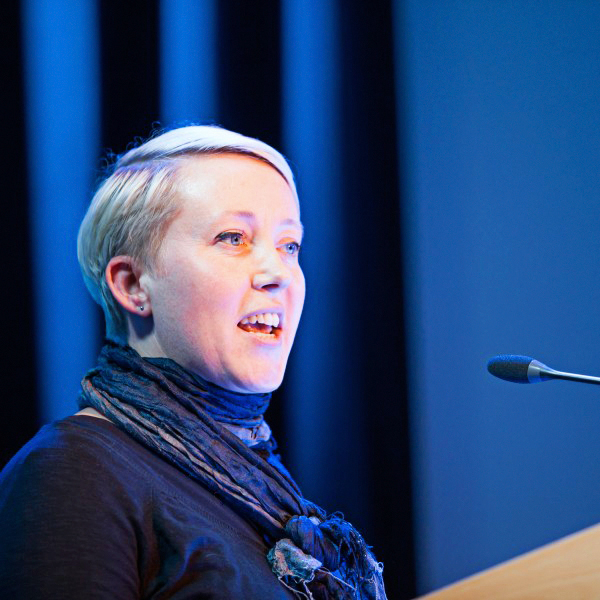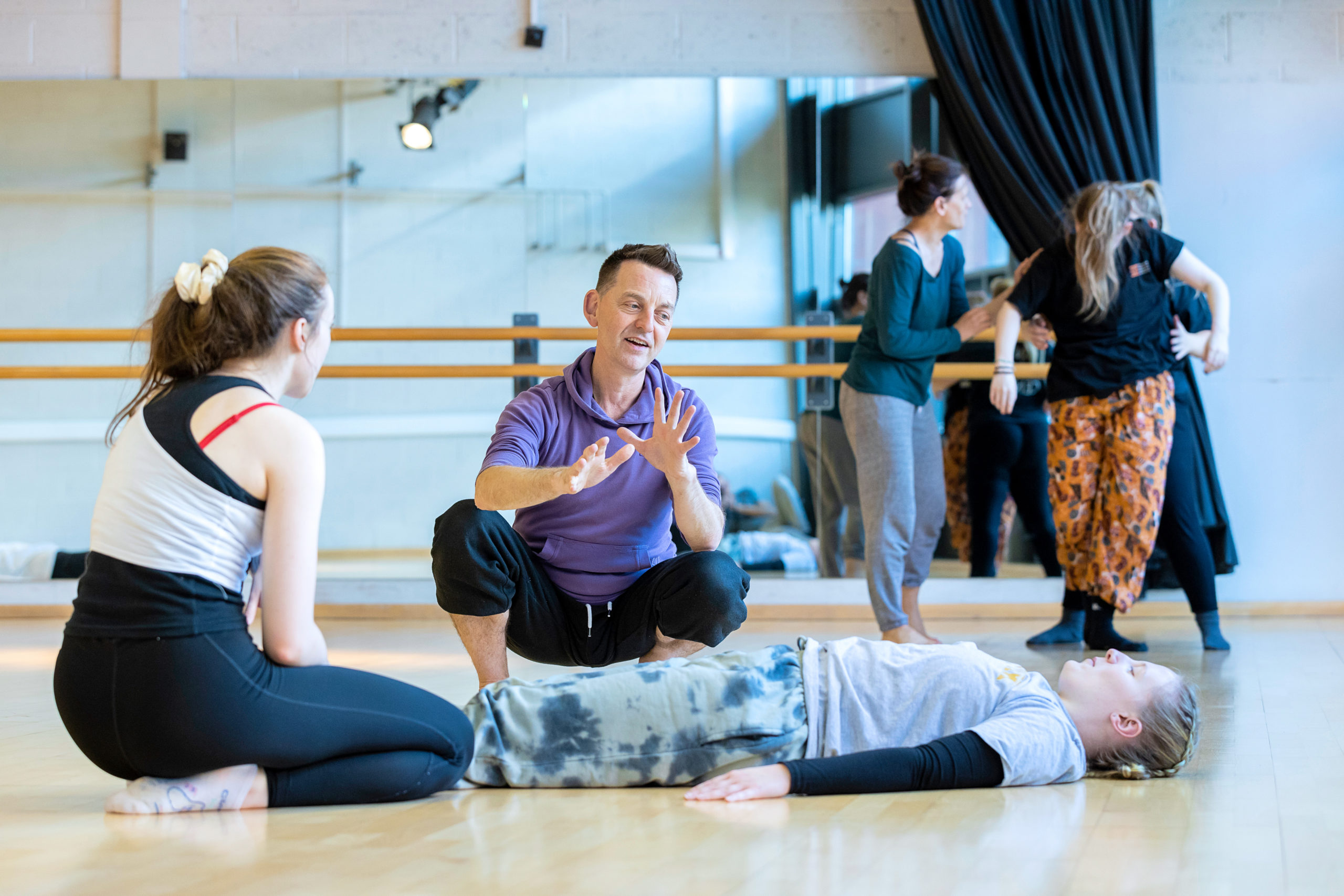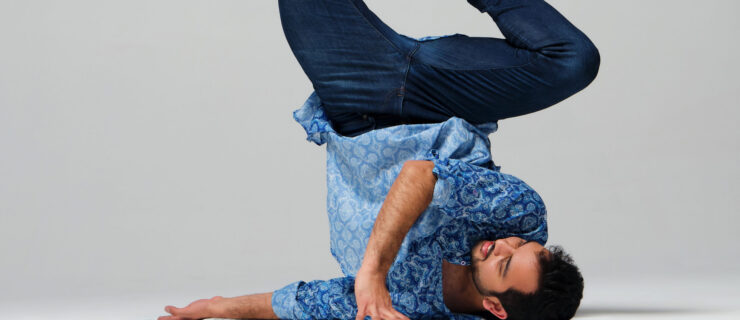How to Find Your State of Flow
Even if you’ve never heard of flow, you’ve undoubtedly experienced it. According to psychologist Mihaly Csíkszentmihalyi, who coined the term, flow is the blissed-out state of being fully absorbed in a rewarding task that’s challenging yet doable. In flow, self-consciousness disappears, as does the sense of time passing.
If you’re like many dance-world professionals, flow can feel rarer and more elusive once dancing gets all tied up with the pressure to earn a living. That was the case for James Hewison, senior lecturer in dance at Edge Hill University in England and co-author of the paper “Risk and Flow in Contact Improvisation: pleasure, play and presence.” “I experienced flow maybe once or twice in 10 years as a professional dancer,” he says.
These days, Hewison knows that while flow isn’t fully under our control, it can be encouraged and facilitated. That’s good news, because there are plenty of benefits to getting into flow more often: increased creativity, lower risk of burnout and better ability to regulate your emotions, to name just a few.
Get Comfortable

“You’re much more likely to experience flow if your basic needs are met and nothing is out of kilter,” says Elsa Urmston, an independent dance scientist and educator, as well as Hewison’s co-author on “Risk and Flow in Contact Improvisation.” Flow requires complete and utter absorption in the task at hand. That undivided attention becomes less possible when you’re distracted by dehydration, pain, sleep deprivation, an itchy tag in your leotard, stress in your nondance life or even a too-warm studio.
Develop a Pre-Flow Ritual
“Years ago, I went to a lecture about preparing for performance,” Hewison recalls. “The lecturer talked about how it was really important for him to eat a sandwich at a precise time before every performance.” To get closer to flow, Hewison advises, metaphorically eat a sandwich: “These superstitions or ritual frameworks that we build around ourselves give us some sense of security as we go into a space full of fragility.” Figure out the habits that help you feel calm and centered (Meditation? Specific “lucky” socks?), and ritualize them to the point that your body and mind know what’s coming and can simply relax into the dance task at hand.
Find Your People
“Group flow is definitely a thing,” Urmston says. “There’s something in psychology called the contagion effect, which we’ve all observed in our classes if we’re teachers. If someone is having a positive experience, other people will join in on that.” In other words, our chances of experiencing flow go up when dancing with people we like, trust and feel at ease with. You can take advantage of this by scheduling some recreational studio time with close friends. (Extra credit: Flow that arises out of contact improvisation is perhaps the ultimate in pleasurable-yet-challenging shared dance experiences.)
Slow Down
Flow’s trademark sensation of timelessness doesn’t always play well with the professional dance world’s rushed project timelines. “Flow is not a ‘sink or swim, we’ll drop you in and see if you survive’ kind of experience,” says Hewison. “It’s much more about starting simple and scaffolding slowly towards more complex tasks.” If you don’t have control over the pace or difficulty level of a given dance process, Hewison suggests doing a personal warm-up beforehand that incorporates body scanning or some other form of deliberate somatic investigation. According to Hewison, “Allowing yourself to arrive physically in the space and understand your own presence in the room” builds the feeling of personal control that is necessary for flow to occur.
Don’t Force It
Frustrating but true: “The more you search for flow, the harder it is to get there,” Urmston says. And of course, flow involves a lack of self-consciousness—so the moment you consciously realize you’re in flow, you’re probably already out of it. As with so many things in dance and in life, your best bet might just be to focus on the present moment and let flow come to you.




